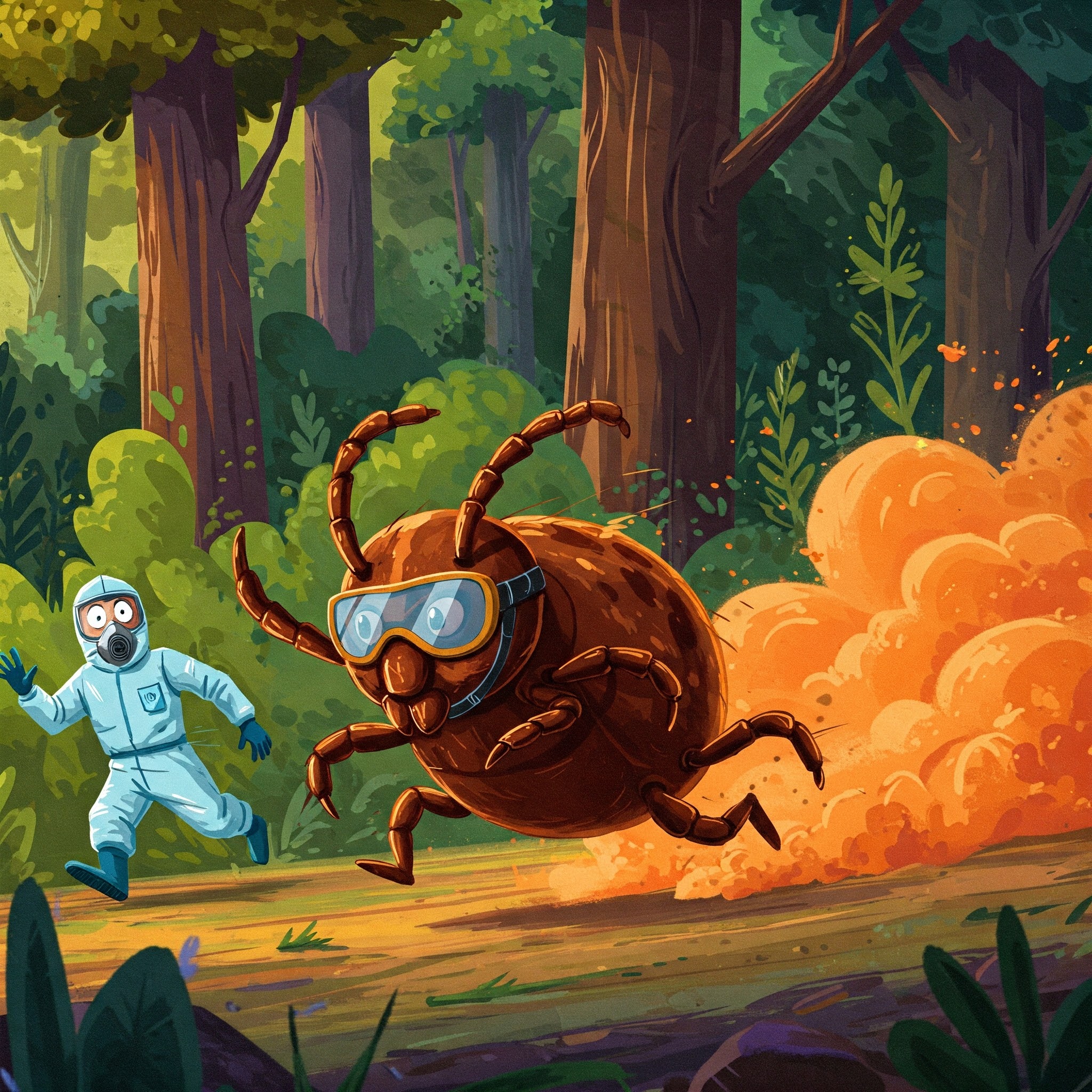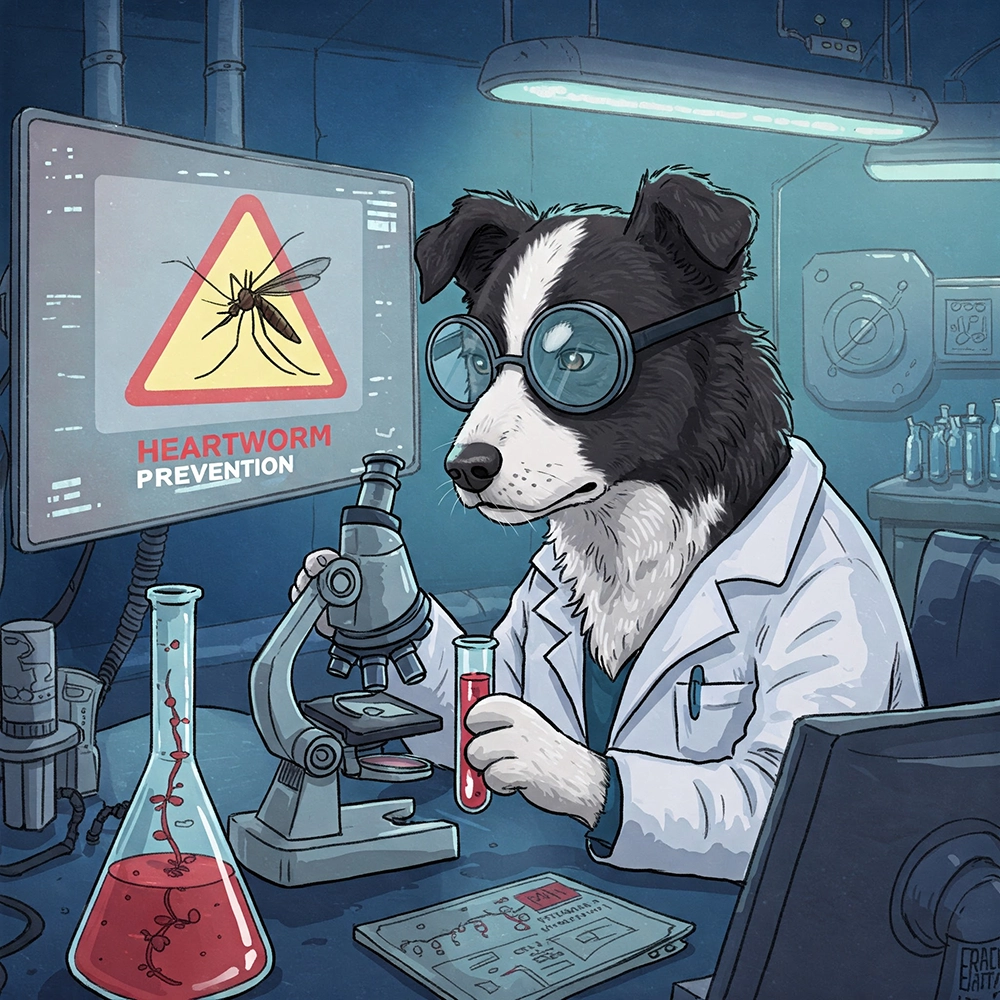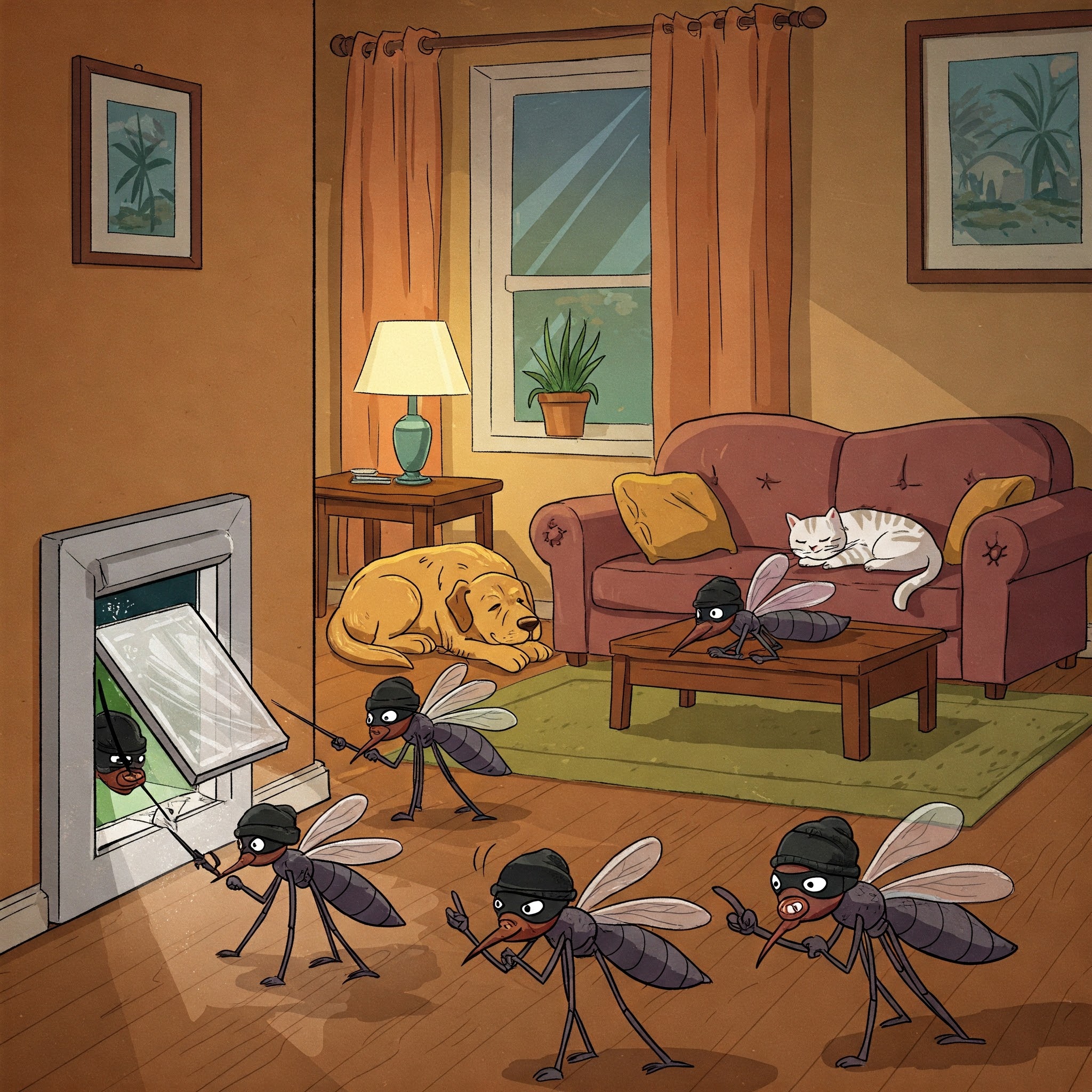Powassan Virus - A People Pathogen
The signs of summer being right around the corner are unmistakable. Warmer weather sets upon us, flowers are blooming, neighbours cut their grass during dinner hour and of course the ever noticeable return of ticks and mosquitos.
In recent years, climate change has had a measurable impact on the number of these two critters. Milder winters and longer wet summers create ideal conditions for booming tick and mosquito populations.
This heightens the risk of exposure to vector-borne diseases for humans.
Ticks are a well-known carrier of Lyme disease; a disease that can cause depression, swelling of the lymph nodes, loss of appetite, fever, painful joints and kidney disease. However, ticks are vectors for more human diseases than just Lyme and there is another that is currently drawing more attention for the potentially life-threatening impact on humans.
This is the Powassan Virus. It can be transmitted by a variety of ticks and unlike Lyme disease, which takes 24 hours to cause an infection, Powassan only needs 15 minutes! Larval ticks ingest the virus by feeding on rodents and sometimes other small mammals and birds. Once a tick is infected, it remains infective for life.
The danger of Powassan virus is that it is difficult to diagnose since its symptoms are very similar to a variety of other infections. Initial symptoms are fever, headache, nausea and weakness. Serious symptoms include: trouble speaking, confusion and lack of co-ordination. Powassan attacks the central nervous system and can infect the brain causing inflammation. There are currently no medications or vaccines to treat or prevent against Powassan virus and many cases are fatal or result in permanent brain damage.
The virus has been documented all across North America but typically can be found around the Great Lakes region. Fortunately, Powassan is still relatively rare. There have only been 25 Canadian cases of infection since the virus was first identified in the 1950s. However, as climate change impacts the seasons and tick populations continue to rise, the risk for all tick-borne disease including Powassan Virus is increasing.
It is important to take all precautions against vector-borne diseases. As pets are a direct entry path for critters to enter the home, it is imperative to use preventative medicines and check regularly for ticks and bites to protect yourself as well as your pet.

Other Articles

As tick populations continue to rise across Canada, pet owners are facing an increasing need to check their furry companions for these persistent pests. Ticks thrive in grassy, overgrown areas and can latch onto pets, searching for the perfect spot to feed. While their bites can be a nuisance, the bigger concern is the potential transmission of Lyme disease and other illnesses. This article explores how to identify, remove, and prevent ticks on your pets, along with the importance of regular testing and professional veterinary treatments to keep them safe.

Think you know what's in your pet's food? Think again! Many common pet food myths have been debunked, from the truth about "holistic" labels to the surprising benefits of by-products. Find out which pet food facts you can trust and which ones are just marketing fluff.

Scratching is a natural and necessary behavior for cats, but it doesn't have to mean shredded furniture. Instead of resorting to declawing, which many believe to be a quick fix, there are humane ways to manage scratching. From nail trims and scratching posts to deterrents and soft nail caps, this article explores effective strategies to keep both your cat and your home happy.

Heartworm disease is a serious condition caused by the parasite Dirofilaria immitis, impacting the heart and lungs of primarily dogs, and sometimes cats and other mammals. **Transmitted by mosquitoes, heartworm can lead to severe cardiovascular issues and potential fatality**. Testing is essential before starting preventative medication, typically given monthly from June to November.

Did you know that heartworm is spread by mosquitoes and that fleas can infest even the cleanest homes? Many pet owners underestimate these parasites, but they can pose serious health risks. Whether your pet is indoor or outdoor, prevention is key. This article uncovers surprising facts about heartworm and fleas, along with essential tips to protect your furry friend.

Think ticks are just tree-dwelling pests? Think again! These tiny arachnids lurk in grass, can survive year-round, and pose serious health risks to both pets and humans. From proper removal techniques to essential prevention tips, this article uncovers the unsettling truths about ticks—and how to keep your furry friend safe.

As tick populations grow due to climate change, a rare but dangerous virus is making headlines: Powassan virus. Unlike Lyme disease, which takes 24 hours to transmit, Powassan can infect you in just 15 minutes. Learn why this virus is a growing concern and how to protect yourself and your pets.